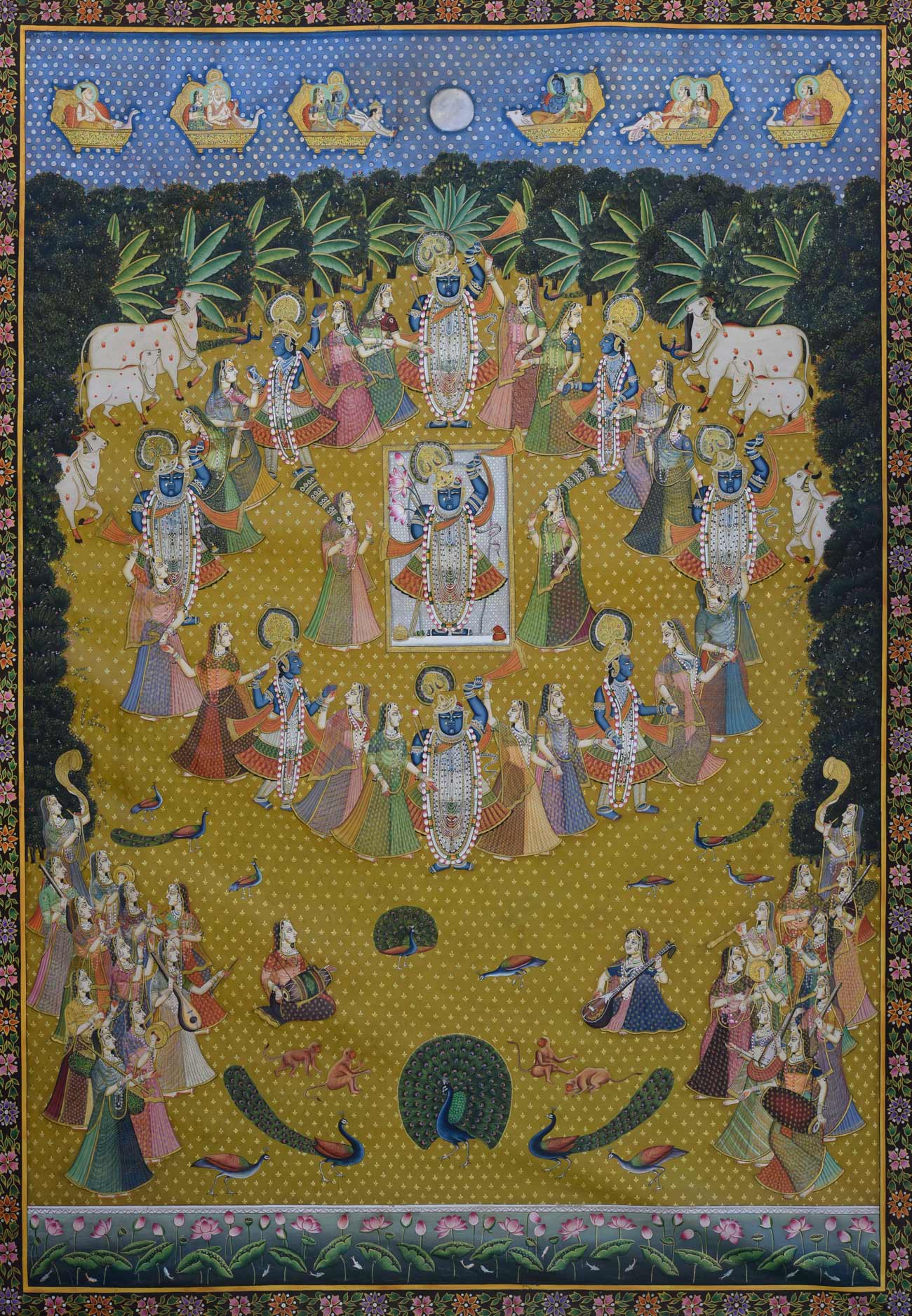- Home
- Raas Leela - 06
Loading...
Raas Leela - 06
by Narendra KumarAll orders are insured for transit.
We ship worldwide.
All orders are insured for transit.
We ship worldwide.
Details
| Size: | 68 x 48 inches |
| Medium: | Painted on Cloth |
| Signature: | Signed by the Artist |
Description
-
Description
Read MorePichwai paintings are usually created by a group of artists and hence, are typically not signed, since credit cannot be attributed to one individual. When a senior artist creates the entire Pichwai by himself, it sometimes carries a signature, much like in the world of contemporary art. Signed pichwais such as this are rare, and usually more valuable than unsigned pichwais. -
ABOUT Pichwai
Read MorePichwai (pichvai) is a style of painting that originated over 400 years ago, in the town of Nathdwara near Udaipur in Rajasthan, India. Intricate and visually stunning, pichwai paintings, made on cloth, depict tales from Lord Krishna's life. Creating a pichwai can take several months, and requires immense skill, as the smallest details need to be painted with precision. Lord Krishna is often depicted as Shrinathji in Pichwais, which is the deity manifest as a seven-year-old child. Other common subjects found in pichwai paintings are Radha, gopis, cows and lotuses. Festivals and celebrations such as Sharad Purnima, Raas Leela, Annakoot or Govardhan Puja, Janmashtami, Gopashtami, Nand Mahotsav, Diwali and Holi are frequently depicted in Pichwais.
The word Pichwai comes from 'pichh' meaning back, and 'wai', meaning textile hanging. They are made by members of the Pushti Marg sect, founded by Shri Vallabhacharya in the 16th Century. Originally, pichwai paintings were used to decorate the temple of Shrinathji (Shrinathji ki Haveli) in Nathdwara, hung behind the deity to celebrate different seasons, festivals and events in Lord Krishna's life. Over time, pichwais also found a place in the homes of art connoisseurs, owing to their visual appeal. Like several other traditional Indian art forms, the art of Pichwai is also dying, and requires recognition and revival.
-
Details
Size: 68 x 48 inches Medium: Painted on Cloth Signature: Signed by the Artist -
Returns
We accept returns within 7 days of delivery if the item reaches you in damaged condition.CARE INSTRUCTIONS
Pichwais are best framed with regular or non-reflective glass. Artworks should be displayed away from direct sunlight and breeze. To clean any accumulated dust, use a soft, dry brush or cloth very lightly on the glass surface or the frame. Make sure there is no moisture on the brush or cloth before cleaning the surface. Once a year, remove the artwork from the wall for a couple of days to let the wall breathe and avoid moisture accumulation. Minor discolouration over the years is normal and to be expected. -
Shipping
Shipping costs included for destinations in India.All orders are insured for transit.
We ship worldwide.
CARE INSTRUCTIONS
Read MorePichwais are best framed with regular or non-reflective glass. Artworks should be displayed away from direct sunlight and breeze. To clean any accumulated dust, use a soft, dry brush or cloth very lightly on the glass surface or the frame. Make sure there is no moisture on the brush or cloth before cleaning the surface. Once a year, remove the artwork from the wall for a couple of days to let the wall breathe and avoid moisture accumulation. Minor discolouration over the years is normal and to be expected.
This item has been added to your shopping cart.
You can continue browsing
or proceed to checkout and pay for your purchase.
This item has been added to your
shopping cart.
You can continue browsing
or proceed to checkout and pay for
your purchase.
This item has been added to your wish list.
You can continue browsing or visit your Wish List page.
Are you sure you want to delete this item from your Wish List?
Are you sure you want to delete this
item from your Wish List?

































































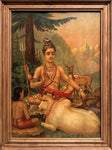















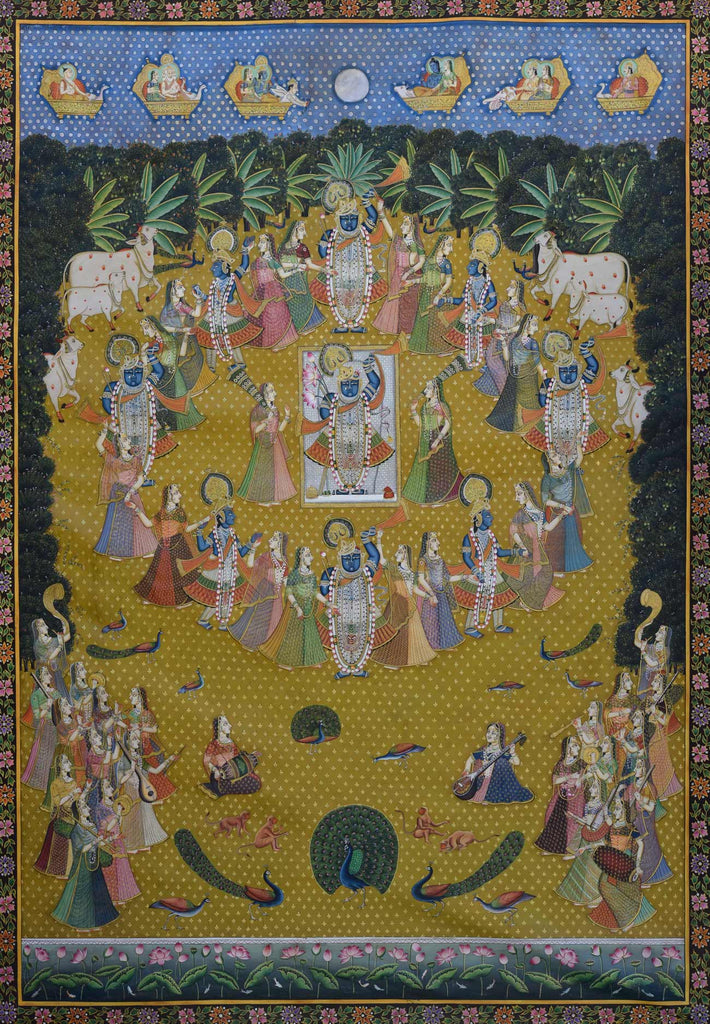
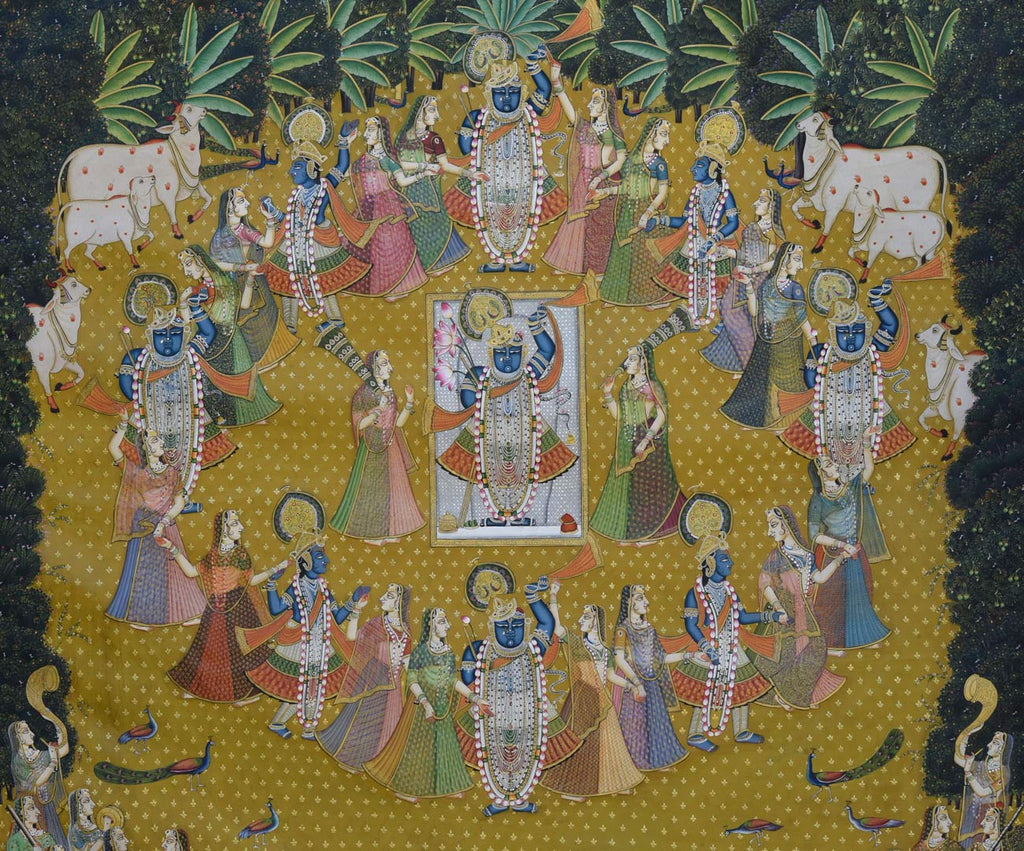
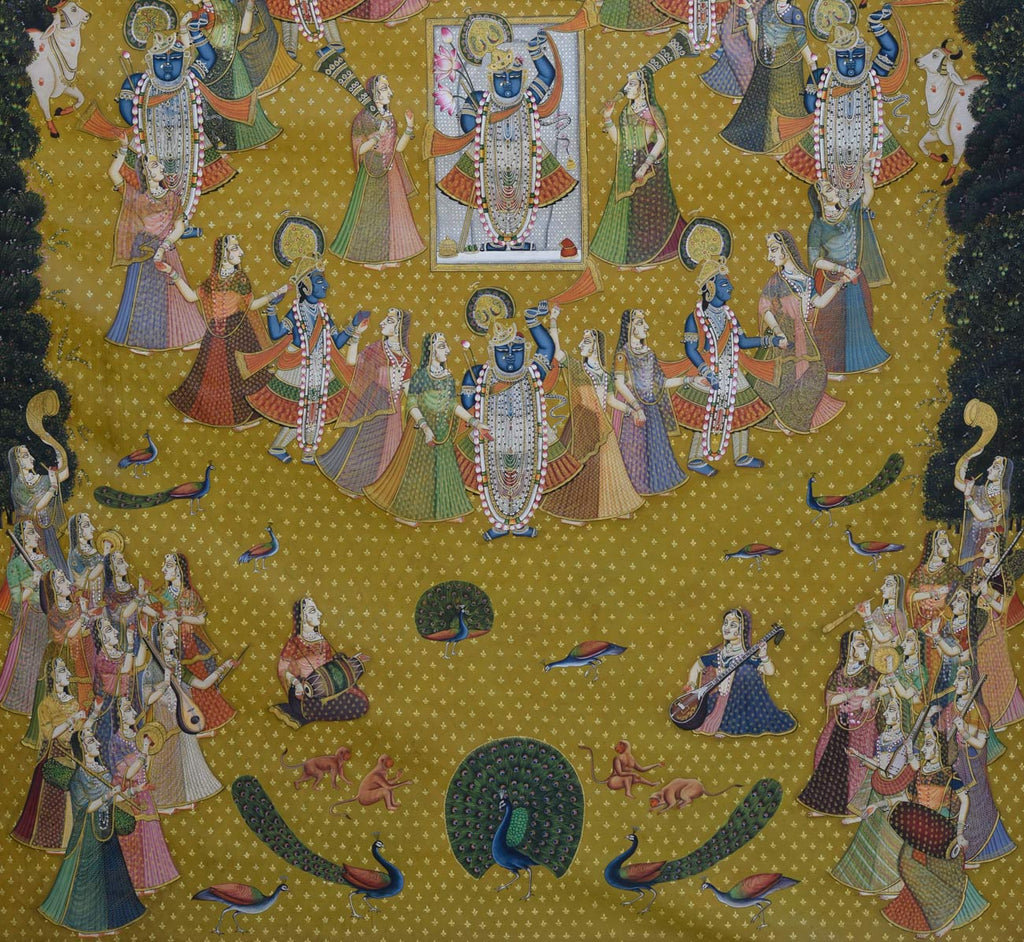
 View Full Screen
View Full Screen
